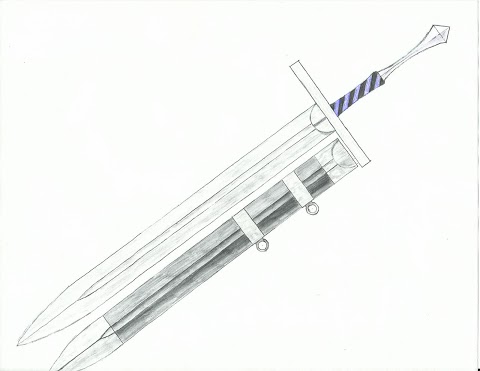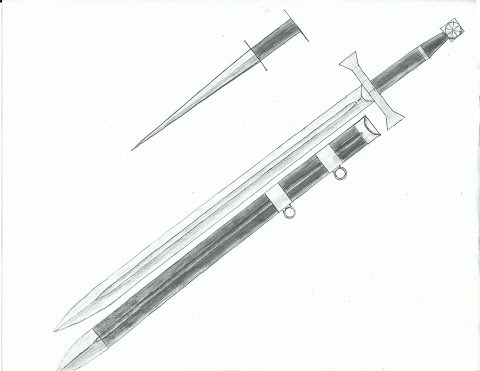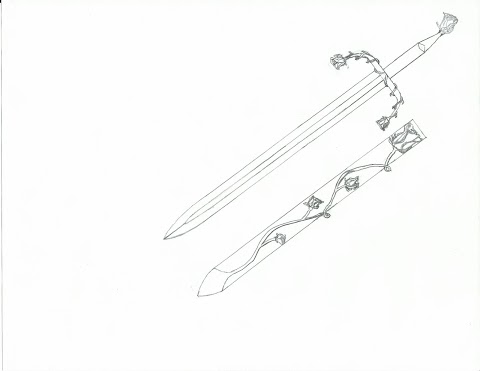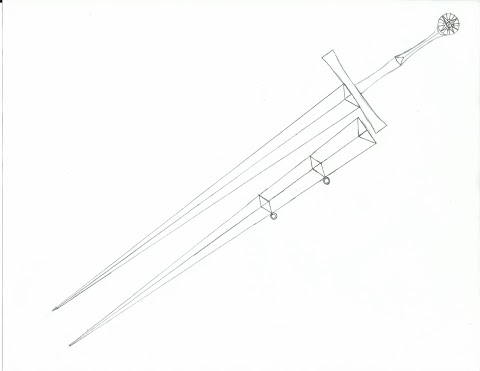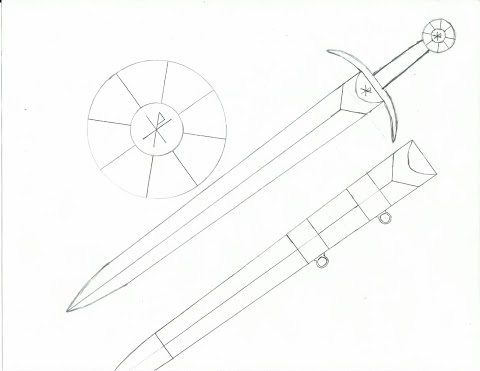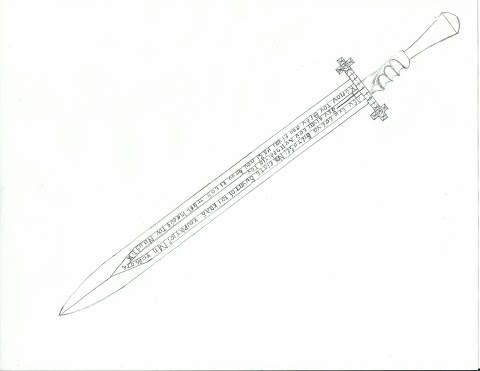Posts: 2,698 Location: Indonesia
Tue 06 Nov, 2012 6:33 pm
The gimmicks don't really have to work at all. Perhaps they were designed for a certain purpose, and advertised as such by the people selling/making the swords, but in the end gimmicks that don't work quite as well as intended are as realistic (indeed, probably
more) realistic than ones that don't. It all depends on how well the thing is written, and there are so many ways to narrate the failure at the gimmick (from an actual description of the character trying it during a fight and failing, to the character whining about how the gimmick didn't work in a recently finished fight, and many more).
Anyway, most of the blades shown here are closest in appearance to the
Oakeshott types Xa and XIa, so I'd suggest you to read more on those two. Perhaps the most important thing to consider is the fact that most of the fighting blades are broad; medieval European blades
that wide tend to have not only a more pronounced
profile taper (
i.e. the sword narrows more from hilt to point), but also a flatter lenticular (or, in the last couple of centuries, hexagonal)
cross-section, unlike the thicker diamond cross-section implied by the presence of the ridge running between the fuller and the point.
Another good type to study if you want a flat cutting blade near the end of the Middle Ages is Type XIX, which was just beginning to become popular in 1400 or so.
Last but not least, don't be afraid to alter, scrap, and redraw your designs many times. They
will change, I assure you, just as the characters and the story will morph in the process of planning and writing, often to something entirely different from the original concepts.
